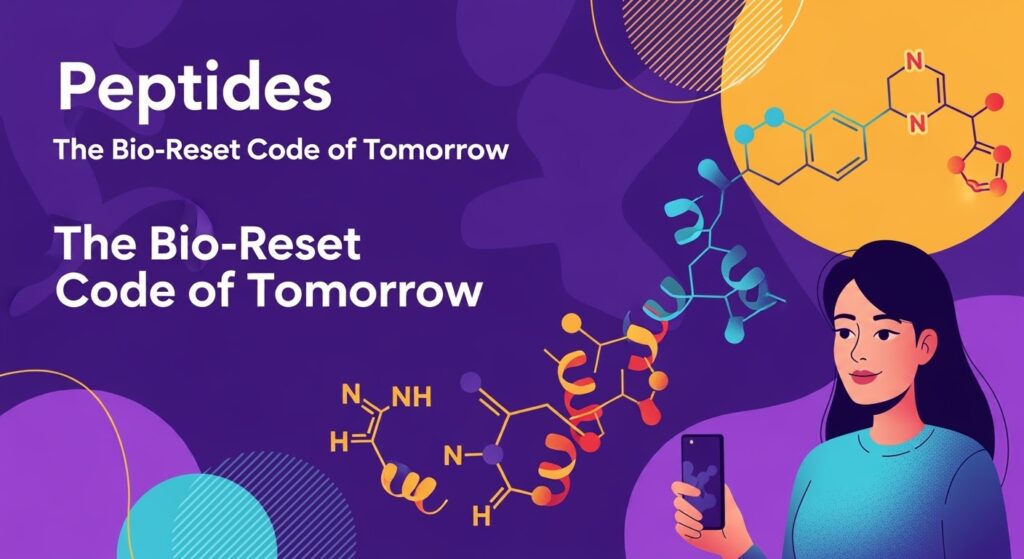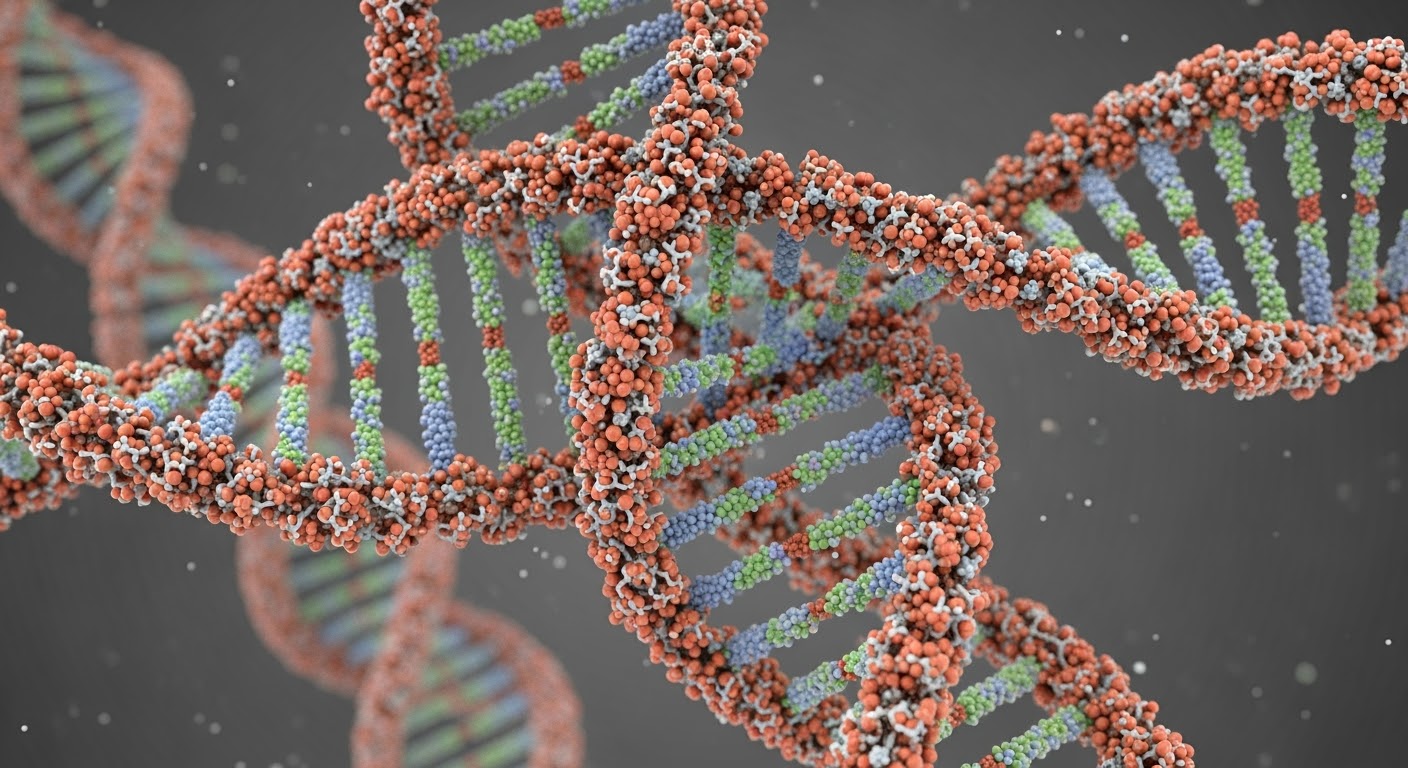Peptides: The Building Blocks of Modern Wellness

What Are Peptides?
Peptides are short chains of amino acids—essentially “mini-proteins”—that act as messengers between cells, helping regulate metabolism, healing, and hormone production. Peptide therapy is not new: insulin, discovered at the University of Toronto and first used clinically in 1922, is a classic peptide medicine that transformed diabetes care. (Background from Diabetes UK and peer-reviewed historical reviews.) Diabetes UKPMCScience History Institute
Why Peptides Matter Today
As biotechnology advances, targeted peptide therapies are being explored for longevity, recovery, and metabolic health. Used properly—and under medical supervision—certain peptides can be powerful tools. Contemporary aging science also highlights cellular pathways (e.g., DNA repair, mitochondrial function) where peptides and NAD⁺ biology intersect, as reviewed internationally in Cell Metabolism. Cell
Safety and Supervision
Peptides aren’t one-size-fits-all. Dosing, product quality, and physician oversight are essential. Some peptides are fully licensed medicines (e.g., insulin; tesamorelin for specific indications), while others are still experimental and not approved for human use. (See Health Canada and FDA/WADA notes below.) HRES PDFDHPPU.S. Anti-Doping Agency (USADA)

Key Peptides to Know
NAD⁺ (Nicotinamide Adenine Dinucleotide) — and its precursor NMN
What it is: NAD⁺ is a coenzyme in every cell that supports energy production and DNA repair. Age-related NAD⁺ decline is well documented in international reviews (e.g., Mayo Clinic–led and European groups). PMC+1
Human evidence (international):
- A randomized, double-blind, placebo-controlled trial in Japan (older men; 250 mg/day) published in npj Aging reported that oral NMN increased NAD⁺ metabolites and was well-tolerated. (Keio/industry collaboration; Japan.) Nature
- A multicenter, dose-ranging RCT (China; 300–900 mg/day) reported increased six-minute walk distance and favorable biomarker shifts versus placebo over 60 days. PMCPubMed
- Additional work from Japan (older adults) found NMN raised blood NAD⁺, maintained walking speed, and improved sleep quality. PMC
Takeaway: NAD⁺ biology is a central pillar of modern aging research; short-term human trials of NMN (Japan/China) show safety and biomarker/functional signals, while long-term outcomes remain under study.
BPC-157 (Body Protection Compound-157)
What it is: An experimental gastric pentadecapeptide widely researched preclinically in Europe (notably the University of Zagreb/Croatia), with animal data suggesting pro-healing effects on tendon, muscle, ligament, bone, and GI tissue. Reviews from Croatian and European teams summarize these findings. PMC+1gutnliver.org
Tesamorelin
What it is: A growth-hormone–releasing hormone (GHRH) analog that stimulates endogenous GH. It’s an approved medicine for a specific indication (HIV-associated lipodystrophy): approved by the FDA and by Health Canada (as EGRIFTA). JwatchDHPPHRES PDF
Human evidence (international):
- Randomized trials published in leading medical journals show tesamorelin reduces visceral adipose tissue and improves related patient-reported outcomes without major glycemic disruption in indicated populations. (Original NEJM-era clinical program; Canada-U.S. collaboration.) PubMed
Takeaway: Among peptides discussed online, tesamorelin stands out because it has formal approvals and controlled-trial evidence— but always for medical indication under specialist care.

Conclusion
Peptides aren’t a fad—they’ve shaped medicine since insulin’s first use in 1922. Today’s peptide landscape blends established therapies (e.g., tesamorelin for a specific indication) with emerging science (e.g., NAD⁺/NMN trials in Japan and China; European preclinical work on BPC-157). The smart path is supervised, evidence-based use with clear eyes about what’s approved, what’s experimental, and what’s still being proven.


